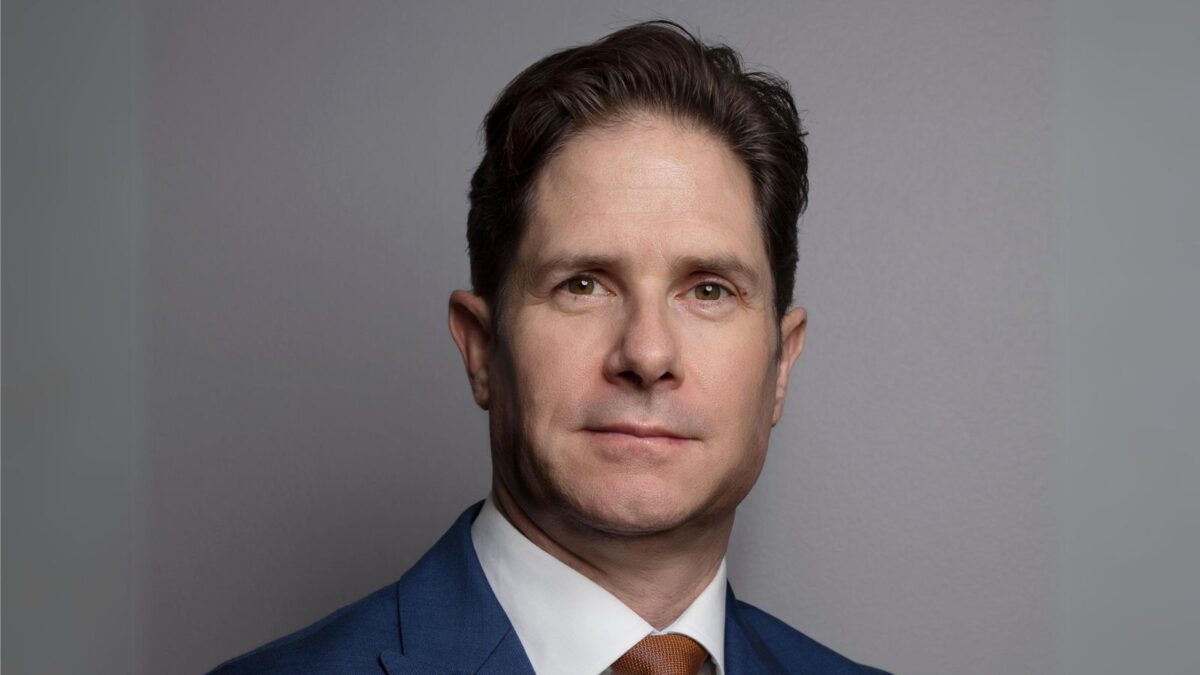The wide, wide world of ETFs shows no signs of slowing
The ETF world has multiplied well beyond expectations. Index-linked ETFs are now a standard-bearer for investment portfolios driven by sticky active fund fees and variable performance. Yet their use versus desired outcome point to ease in choice, rather than a more considered approach.
Additionally, advisers are often taking a stab at a regional index to compensate for the US-centric weight of some funds, or a mid/small cap index to avoid the big leaders. It may then be that active weights of active managers become irrelevant within the total portfolio as advisers lean away from these perceived risks. Another common approach is to add an emerging market or Asia ETF, arguably a lazy way that circumvents the required work of active managers.
The initial enthusiasm for factor-based indices has waned somewhat, although dividend yield is a persistent bias. Quality has been a decent, yet unexciting trade, while minimum volatility has not fulfilled its early promise of ‘market returns for lower risk’ by only buffering periodic drawdowns.
The appeal of factor strategies may require revival as the approach becomes more sophisticated. In many cases, active managers show a strong single-factor attribution that can be achieved at lower cost. For those unsure of the value trade, an ETF is considered an easy start, which can be rolled into an active style if conviction persists; although it is worth looking under the hood of the ETF to be clear on stock, country and sector weights, as well as the methodology.
Outside the standard factor indices are a set of options that cut through the blunt metrics that often undermine factors. Adapting the data to what works, rather than what “fits the box,” can enhance returns. For example, using different weights and measures in each sector – value is not the same in a financial stock as it is in an industrial equity.
The latest iteration is thematic funds. Almost any opinion can find an investment home. Next-gen ideas are the most popular. Smart mobility, cloud computing, cyber-security, fintech, food revolution and clean energy are all a relatively easy sell. This raises the question of how an advisery group knows which to pursue, which criteria are used to build the ETF, and how flows can impact the outcome.
The latest example is renewable energy, which has seen inflows of US$14.7 billion ($18.8 billion) in the six months to March, compared to US$1.3 billion ($1.7 billion) in the previous corresponding period. Stock prices have had to follow the buying pressure, pushing the P/E ratio to over 35 times. Stock holdings have become concentrated, and recent concerns have seen this ETF slump as short interest built up.
Wide use of thematic ETFs puts the onus on an adviser to know that the stocks in the theme are appropriately valued. Many have relatively large single-stock weights given themes may not have wide exposure. In practise, advisers become active managers deciding on themes and their portfolio positions.
If active management has disappointed, twisting that into a layer of self-selected thematic ETFs may replicate that sentiment. The likelihood is that the investor will be late to the party and only exit when faced with inexplicable underperformance.











